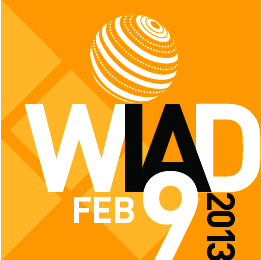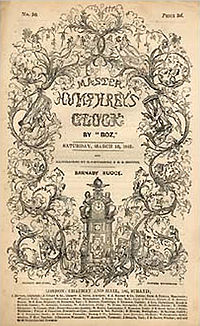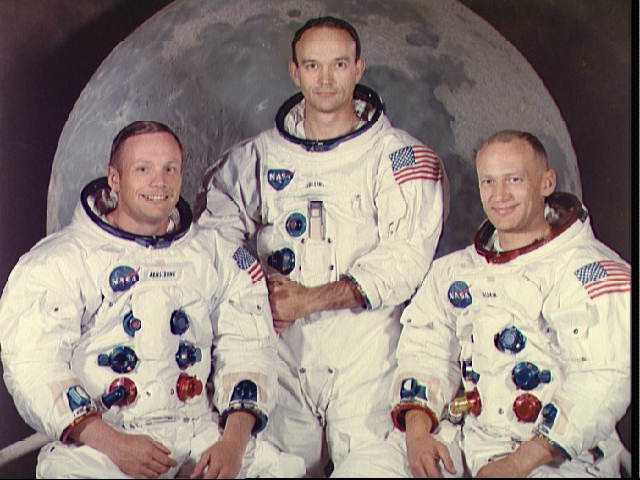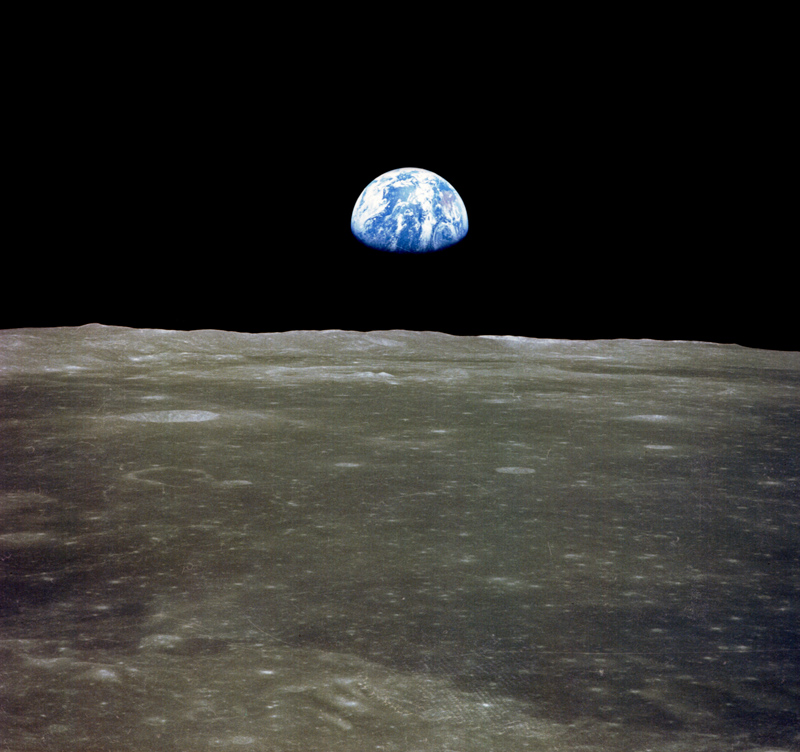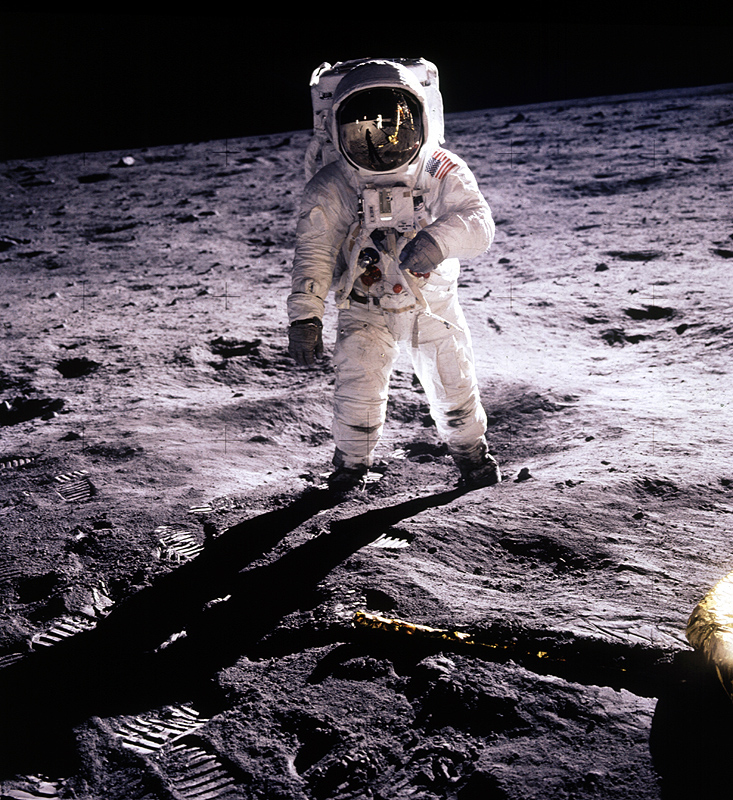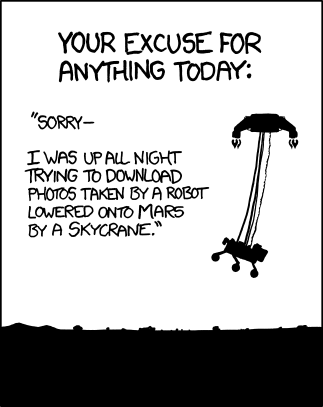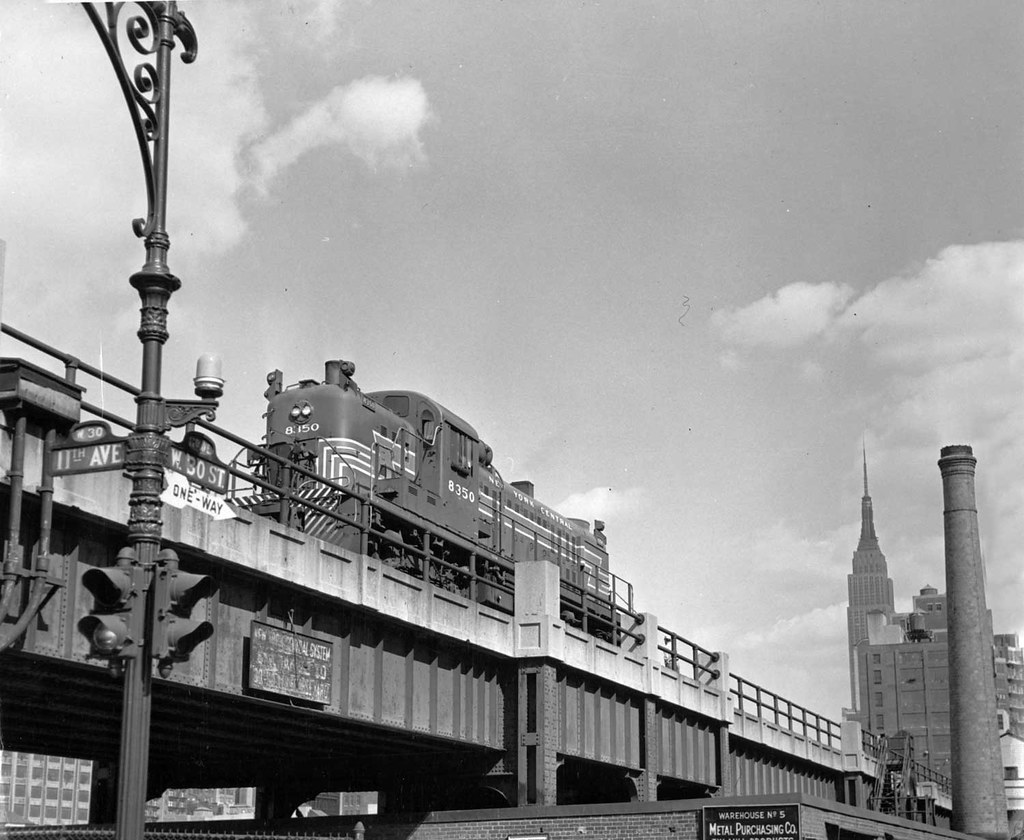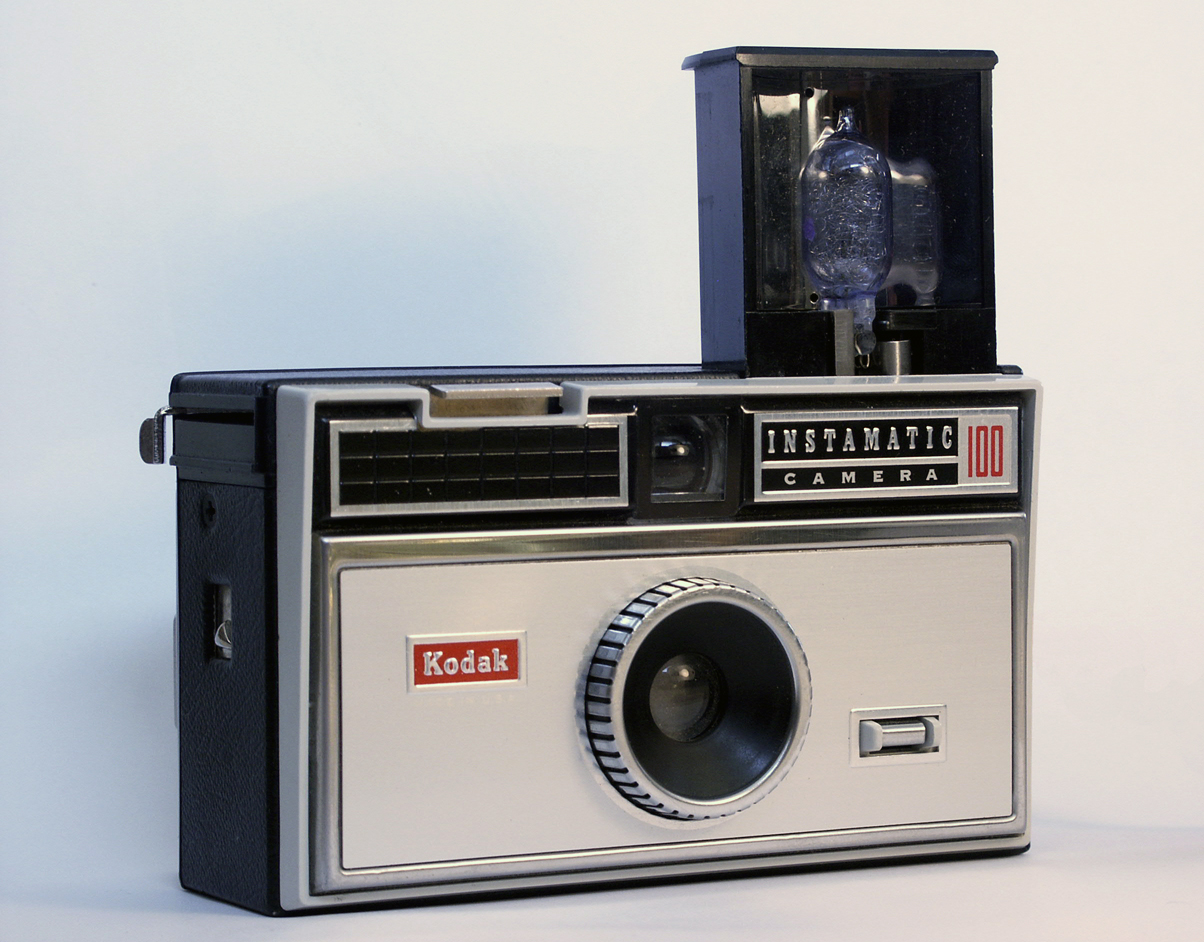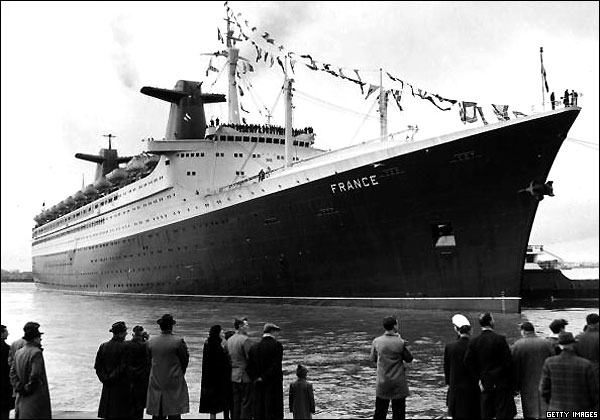The idea behind "Woofer" -- build a database of adoptable dogs by having shelter workers upload Instagram photos that are tagged to specific categories -- reinvents the shelter backbone by using existing social tools.
The integrated execution of "Woofer" is so smart in so many ways -- let us count them:
1. "Woofer" is natively social, from the data input to the sharing.
2. The marketing of "Woofer" -- frequently updated across the social channels with appealing promotions -- is thoughtful and compelling, and extends from online to TV.
3. The brand is also providing education about responsibly caring for pets to prospective adopters: a tactic shelters regard as the highest determinant of how successful the new friendship will be.
Related: Doing good and doing well.
What can your brand do that is as close to perfect for your audience as being a dog-food maker that sponsors shelters and has a marketing tie-in to a play about an orphaned girl and her stray dog, featuring a real-life shelter pet?
"Woofer" promo on Facebook for discounted tickets to "Annie."
Sunny's story: the real-life shelter pet co-starring in "Annie."
How can we help more brands be this smart about doing good? #becauseawesome






